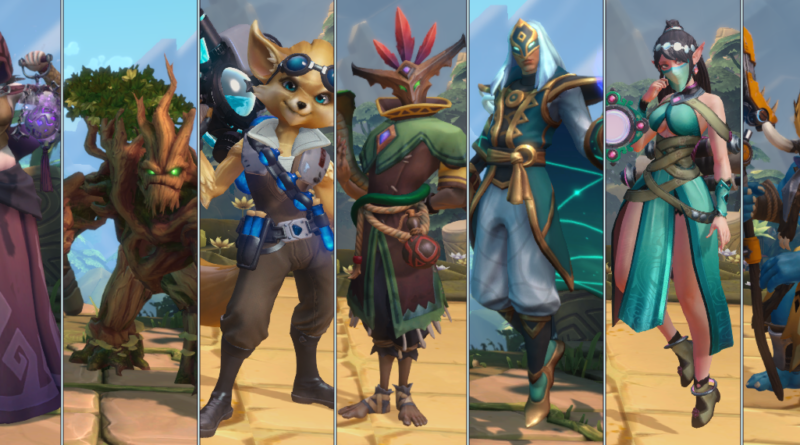The (somewhat) Curious Case of Paladins’ Support Classes
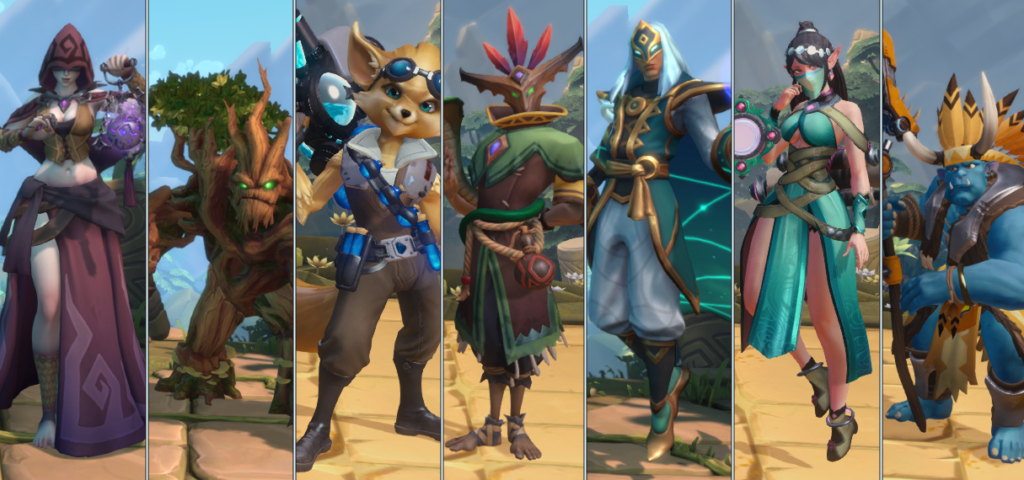
Most of the time, in a class-based game, healers or other support classes do rather pitiful damage relative to their more combat-oriented colleagues. I mean, if you have a guy who only does damage, and another guy who does the same amount of damage but also heals and is similar in terms of bulk and speed, the first guy will really need some kind of very interesting or effective gimmick for him to even be used at all.
Aside for that, you will run into a scenario where the support class player went off to do anything but supporting the rest of their team. Between sitting at the back trying to keep your team alive and being right in the enemies’ faces keeping your team alive by slaughtering everyone, the former will generally be a bit more passive relative to the latter. For most people, the dedicated healer playstyle just isn’t fun.
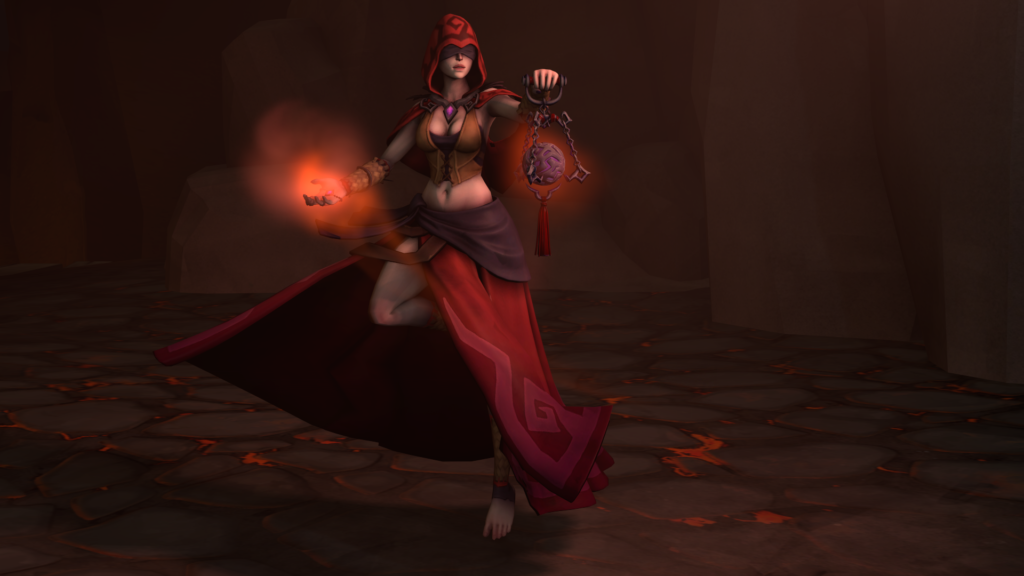
However, Paladins is a bit of a different case. The Support classes all pack quite a punch. Ying, who used to be a Damage class before being reworked into Support, can blow people into smithereens with the same clones she used to heal her teammates five seconds ago. And there was a period of time where Grohk, long-time underused and underpowered Support champion, finally got a viable build that allows him to stand among the other more mainstream champions, and that was a damage-based loadout.
https://www.youtube.com/watch?v=VxzGVzsGkhk
In fact, the Support classes all seem to be rather capable of bringing the smackdown on the other champions. For example, Pip has always been a rather potent flanker due to its high mobility and rather respectable splash damage. You can read more from SilverWolf’s article on Pip here, but suffice to say he’s at least a better Flank champion than Skye, with her non-existent mobility skill and invisibility that can be negated by gunfire or literally being too close to an enemy. I mean, even Fernando the Frontline champion is a better flank than Skye…
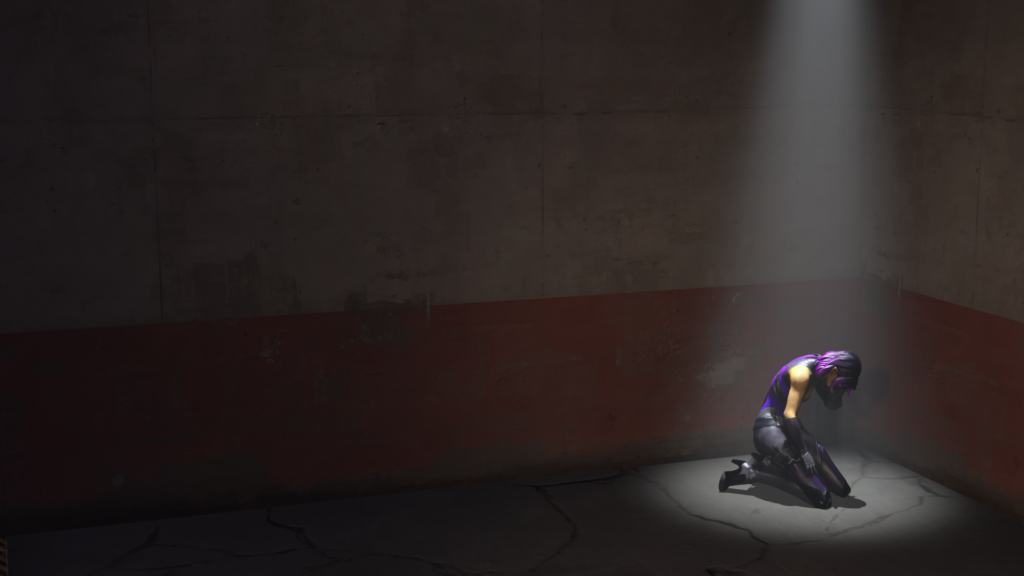
For a class-based game, this is a rather unusual design choice. After all, what is the point of a Damage champion when a Support champion packs enough firepower to tear others into shreds? In fact, why would a Support champion need this much firepower? Considering their main purpose, wouldn’t a good support champion not have much chance to even use that rather impressive damage?
Well, the first question is the more immediate question. After all, a class-based game is pointless if one class completely overshadows the other. After all, even if the Damage champions still pack superior firepower, if there is no significant advantages to using them they will still be overlooked.
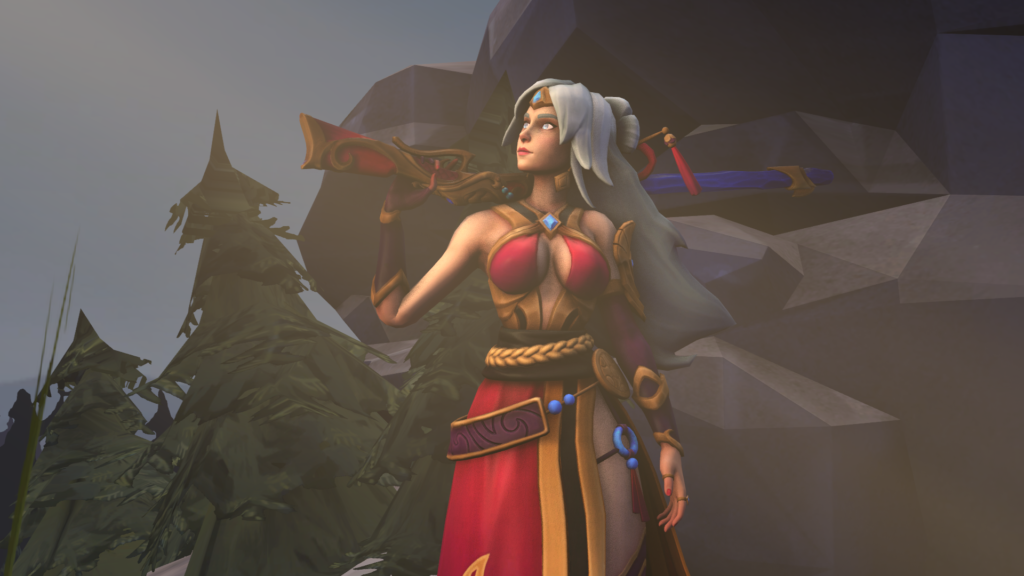
Looking at the kits of Damage and Support champions, it’s rather clear that there is not enough overlap in the roles for Support champions to overshadow Damage champs. Bomb King, Willo and Drogoz have superior shield-breaking abilities. Cassie and Sha Lin are great duelists. Tyra and Lian have kits based around crowd control. Viktor is a dedicated damage dealer that is basically a CoD character while Kinessa is the only true long range damage dealer. While crowd control is a common element between the two different class types, there are other roles the Damage classes cover that the Support classes don’t. I suppose it is expected that the class roles of one class will not completely made the other redundant, but I just need to clear that up first.
And now for the main question, why did Hi-Rez decided to make Support champions this capable in combat? We can infer the reason from Hi-Rez’s own guide for Support champs.
https://www.youtube.com/watch?v=3-i78z0Umgs
Hi-Rez was going for a more proactive approach for their Support champions. My guess is, while designing their kits, Hi-Rez wants to make sure that the Support champions are not just passively hanging back slinging buffs and debuffs in the general direction of where the fighting is. Thus, they all have abilities to quickly move in and out of fights, whether it be temporary invincibility, teleportation or just a a speed boost. They also either have means to deal large amounts of damage, to provide supporting fire between heals, or debuffs or CC as a way to initiate team fights. Seris, for example, can deal up to 400 damage to multiple targets at once, while Mal’Damba can set up a DoT zone and has a stun as crowd control methods.
This does make the normally passive Support role a lot more exciting and fun. Now that they are no longer shackled away from the fights and are equipped to actually get into the enemies’ faces, Support players can actually feel like they have an active role in the battlefield. While any gamer worth his salt will know that to be the case, it is rather hard to shake off the feeling that you are just babysitting everyone else as they get to have all the fun and glory.
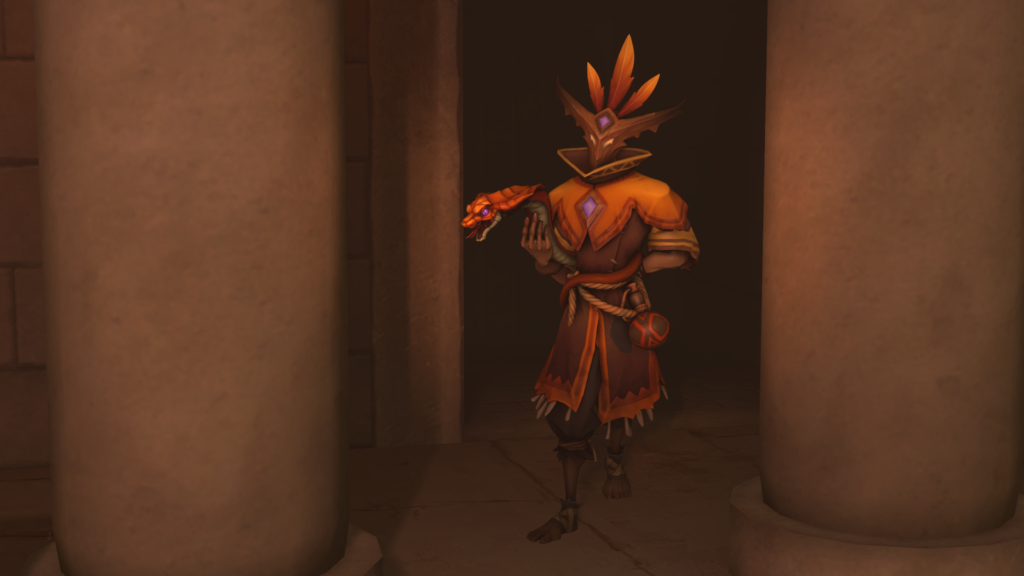
Although yes, this does lead to a scenario where new players end up using Support champions as pure damage dealers. But that happens regardless of whether the Support class has a good damage output or not. And hell if I know if anyone ever came up with a way to fix that aside for having angry teammates yell at the idiot who does everything with the healer character except to heal.
